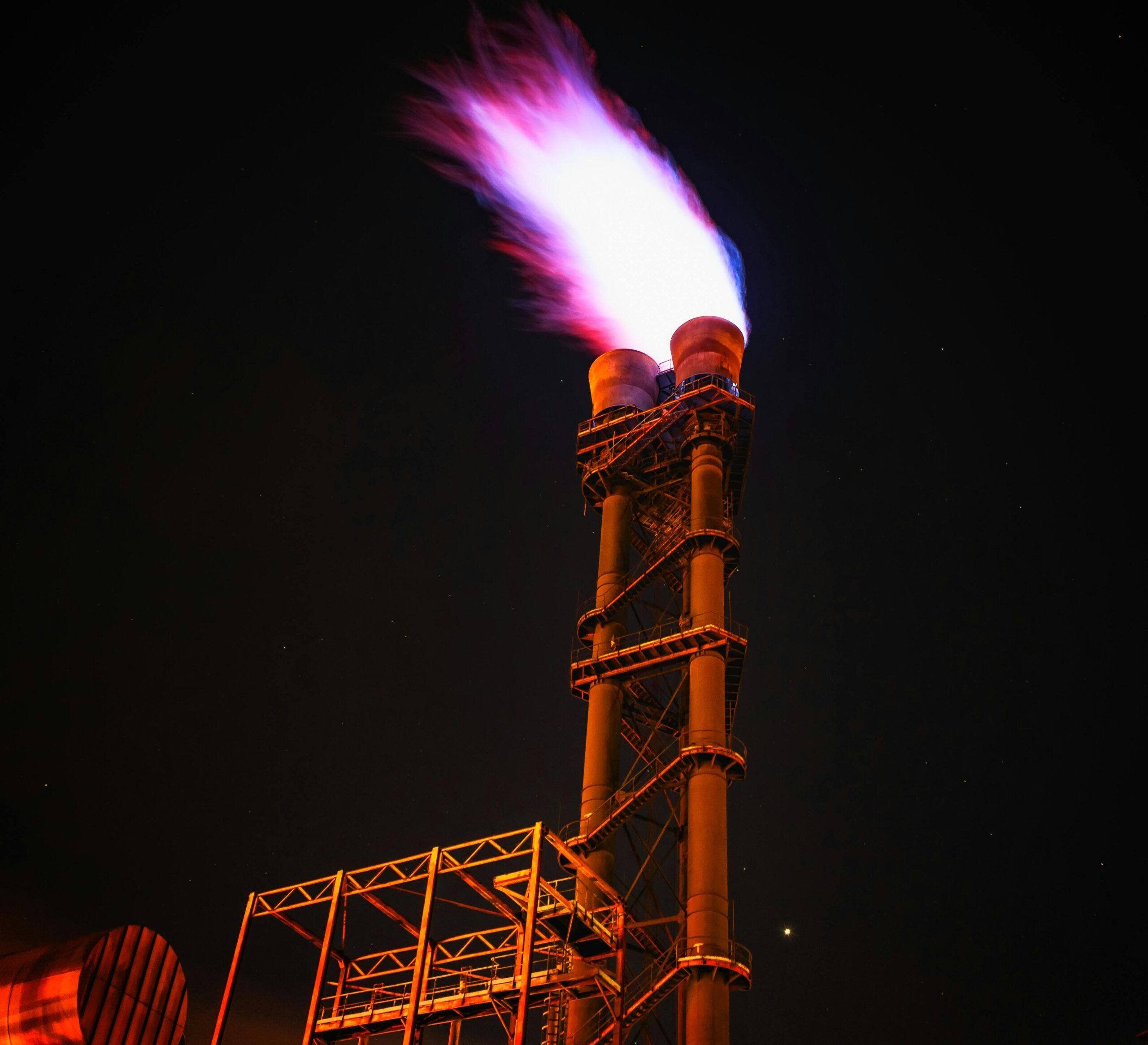Introduction:
Ammonia, a compound composed of nitrogen and hydrogen, plays a pivotal role in various industries, serving as a fertilizer in agriculture, a refrigerant, and a crucial feedstock for chemical production. However, traditional methods of ammonia production, known as “brown” ammonia, have been associated with significant carbon emissions, prompting the development of sustainable alternatives. Enter green ammonia, a revolutionary approach that leverages renewable energy sources and eco-friendly processes to minimize environmental impact and contribute to a more sustainable future.
The Challenge of Brown Ammonia Production:
Traditional ammonia production, primarily through the Haber-Bosch process, relies heavily on natural gas as a feedstock. While effective in meeting industrial demands, this method releases substantial amounts of carbon dioxide (CO2) into the atmosphere, contributing to greenhouse gas emissions and climate change. In response to the imperative for cleaner and more sustainable practices, green ammonia has emerged as a promising solution.
Key Features of Green Ammonia Production:
Renewable Energy Sources:
Green ammonia production hinges on the utilization of renewable energy sources such as wind, solar, or hydropower. These sources power the electrolysis process, converting water into hydrogen—a critical component in ammonia synthesis.
Electrolysis:
Electrolysis, a cornerstone of green ammonia production, employs electricity to split water (H2O) into hydrogen (H2) and oxygen (O2). This green hydrogen is then combined with nitrogen derived from the air to yield ammonia in an environmentally friendly manner.
Carbon Neutrality:
By utilizing renewable energy and steering clear of carbon-intensive processes, green ammonia endeavors to achieve carbon neutrality or even a net reduction in greenhouse gas emissions. This commitment aligns with global efforts to mitigate climate change.
Sustainable Agriculture:
Green ammonia finds applications in sustainable agriculture, offering a nitrogen-rich fertilizer. When applied to crops, it provides essential nutrients while minimizing the environmental impact associated with traditional ammonia-based fertilizers.
Energy Storage:
The versatility of green ammonia extends to its potential role in energy storage. The hydrogen produced during electrolysis can be stored in the form of ammonia, offering a viable means of storing renewable energy and releasing it when needed, contributing to grid stability.
Reduced Environmental Impact:
Green ammonia epitomizes a commitment to sustainable industrial practices. By reducing reliance on fossil fuels and embracing renewable energy sources, it aims to decrease the environmental impact of ammonia production, marking a positive step toward a circular and sustainable economy.
Future Prospects and Global Impact:
The development and adoption of green ammonia technologies signify a paradigm shift in the chemical industry, one that prioritizes sustainability without compromising industrial productivity. As industries worldwide face increasing pressure to decarbonize, green ammonia emerges as a beacon of innovation, offering a cleaner and more environmentally responsible path forward.
The global impact of green ammonia extends beyond industrial applications. By supporting sustainable agriculture, it addresses the challenge of feeding a growing population while minimizing the ecological footprint associated with conventional fertilizers.
Conclusion:
Green ammonia represents a beacon of hope in the quest for sustainable chemistry. Its adoption not only aligns with global efforts to combat climate change but also positions industries at the forefront of innovation. As research and development in green ammonia technologies continue, the promise of a future where essential compounds are produced with minimal environmental impact becomes increasingly tangible. In the journey toward a sustainable and circular economy, green ammonia stands as a testament to the power of science and industry working hand in hand to shape a better, cleaner world.















